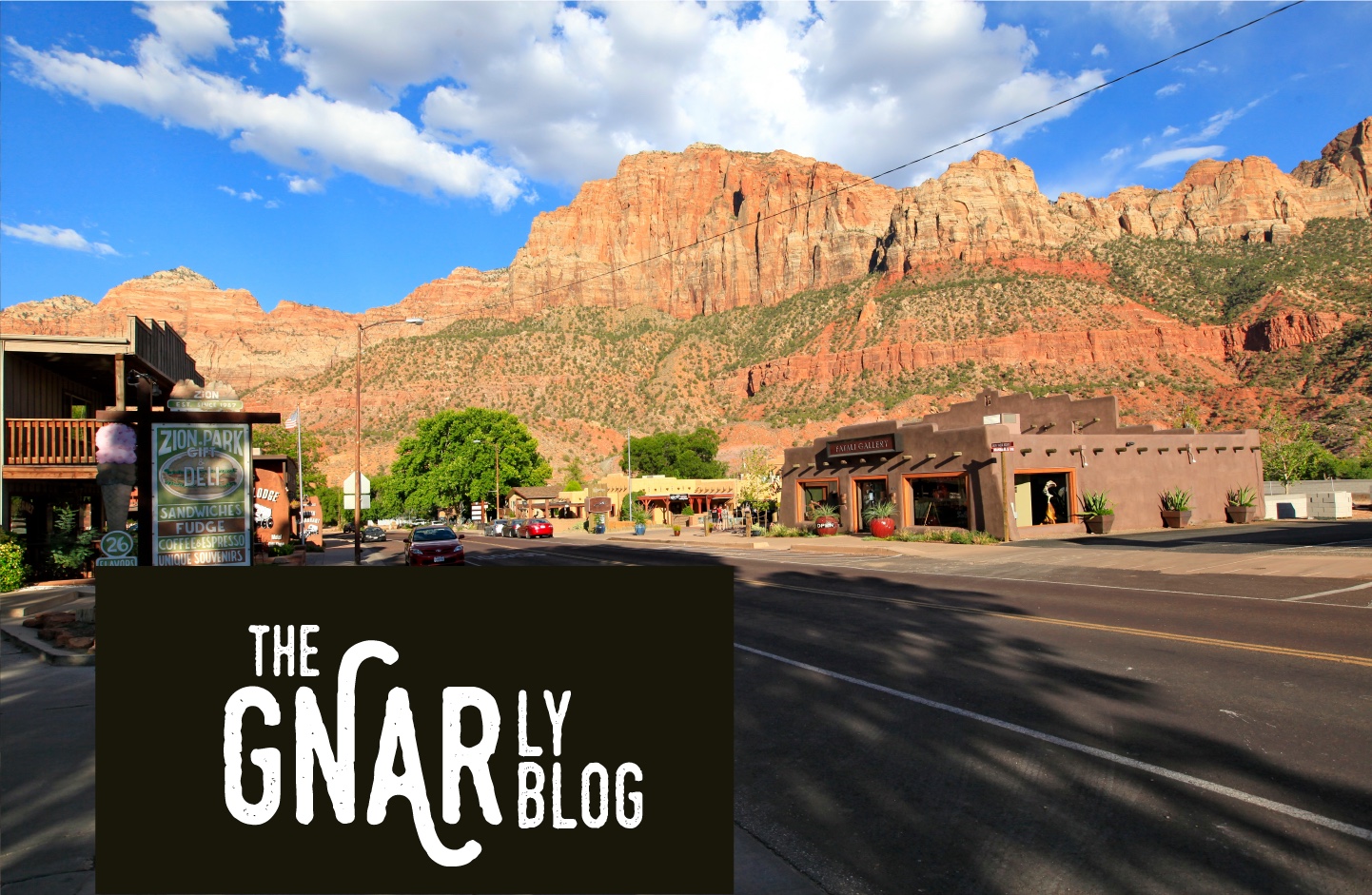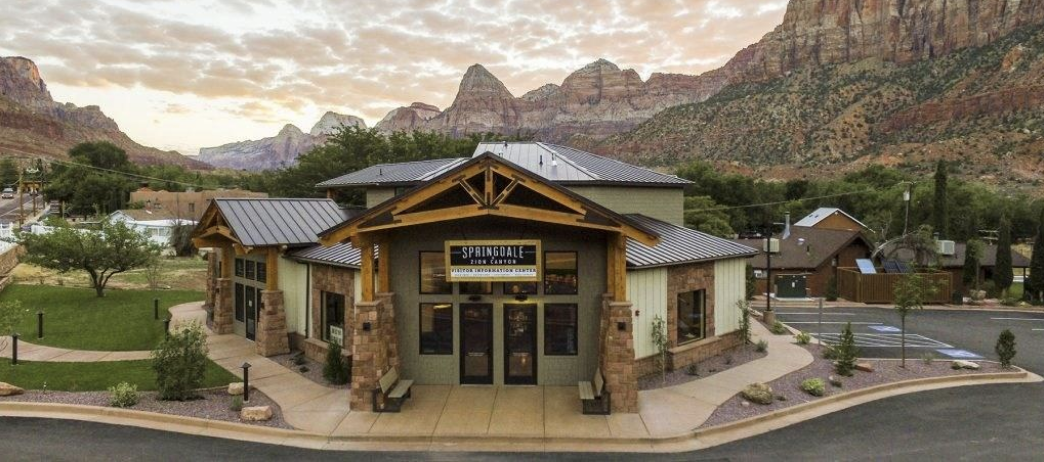
“Where There is No Vision, the People Perish": The Importance of Having a Community Vision
By: Emily Meadows MCMP Student, University of Utah
"Where there is no vision, the people perish." - Proverbs 29:18
During my time as a graduate student in the City and Metropolitan Planning program at the University of Utah, I had the opportunity to learn, listen, and work with practitioners from several gateway communities. Through these experiences, the importance of developing, fostering, and continually updating a strong community vision that helps guide a community to protect the things that make them special became apparent to me.
Without a clear vision, communities often get lost in everyday minutiae; approving development plans, creating city codes and ordinances, and putting out other urgent planning “fires.” As a result, a community may wake up one day and realize they are far from where they wanted to be. The good news is that a community vision can be as simple as a short statement describing what a community “wants to be when it grows up.” Indeed, sometimes a short and simple vision statement can be a much better guide for a community than something much more elaborate. The most important thing is that the vision is widely supported by the community so it can be kept vibrant and relevant.
Wanting to know more about how a community creates such a vision, I interviewed Tom Dansie, the Community Development Director of Springdale, Utah. Tom has been working for the Town of Springdale (located just outside Zion National Park) for 17 years and I wanted to get his advice on how to successfully create and maintain a strong community vision. During his time, Springdale has continued to have a strong vision, which has guided them through difficult planning and development challenges. The vision is also woven throughout their General Plan and serves a guiding star to help public officials and residents in Springdale preserve and enhance the community they love.
Springdale’s original vision was created 30 years ago when Springdale began to experience unprecedented growth. A group of forward-thinking citizens recognized the need to take action to preserve what they loved about the town and catalyzed a community visioning process. With the help of consultants, Springdale engaged in various public outreach strategies, including resident surveys and interviews, and the community-based vision came into being. To ensure the vision reflects the desires the community, Tom and his staff revisit and update the General Plan and community vision every 5 years.
While some of the specifics of the community vision have changed over time, two main concepts have remained in and core to Springdale’s vision since it was conceived 30 years ago: village character and village scale. Tom explained that these two concepts were first established by community members who wanted to preserve the rural character and unique small-town atmosphere of Springdale. As such, these ideas are woven throughout the General Plan’s guiding principles, are widely supported by community members, and ultimately, are deeply engrained in the culture of Springdale.
So, what has Springdale learned from 30 years of maintaining an effective vision? Here are Tom’s 3 main pieces of advice.
1. Meet the community where they are
Rather than taking a top-down approach, the planning staff in Springdale go into the community to hear what they think. They ask community members to "Tell us your ideas. If you were in charge and could design the perfect Springdale, what would it look like?”
Tom emphasized the importance of using numerous methods to engage the community. They use conventional methods such as surveys, one-on-one interviews, tabling at community centers or grocery stores, and focus groups with stakeholders. Additionally, Springdale has used some more creative outreach efforts such as: ice cream socials, community BBQs, and biking and walking tours. The key, Tom says, is to meet the community members where they are, to be very intentional, and to ask open ended questions such as, “Hey Community, tell us what you think,” rather than planting ideas in their minds to be supported or disregarded.
2. Make the vision big picture
Tom suggests make the vision ambitious and not just a “vanilla cookie-cutter vision.” As part of this, he recommends keeping vision at the 30,000-foot level and to not get too far into the weeds. He emphasizes focusing on identifying shared values, rather than discussing the how to implement the vision. As Tom said, communities may disagree on specific ideas or details of a community vision, but, “Every community can find 2-5 different basic values that everyone in the community can agree upon.”
These values are what make the community special and unique, and it is those values that should be included in the guiding vision. Build off the common ground and once the vision is created, then implementation strategies can be discussed.
3. Keep it simple
Tom notes that you need to work with what you have. While larger communities such as Portland or Boulder may have cool and complex plans you may want to copy in your community, GNAR communities often may only have one or two planners and limited financial resources. Therefore, when creating a vision for your community, he recommends that you ensure the level of complexity matches the resources available to you.
You might be wondering if a community vision can really make a big difference. When I asked Tom how important a community vision is for Springdale, his response was emphatic, “Absolutely essential!” He says the community vision is what helps Springdale retain a unique sense of place. Without it, they would become Anytown, USA. He also encouraged communities to be themselves.
Tom’s final key advice to GNAR communities was pure gold– “If you don't have a vision- START NOW! Don't be afraid. Just start today.” You can be the person that recognizes how special the community is and you can decide to do something right now. Do the hard work to establish a strong vision. Start today so that 30 years from now, people can look back and say, “I’m sure glad that they put together a vision for our community and look at the great things it’s done for us.”
One final piece of advice I have, based on engaging with many gateway communities during my planning program, is this: focus on the community you want to create rather than what you want to avoid. You can’t always stop development or growth from happening, but you can use planning tools, such as a community vision, to manage and control it. Having a clear, widely supported vision to guide all your planning and development efforts, is a great place to start.

Emily Meadows is a recent graduate from the University of Utah’s graduate City and Metropolitan Planning program with a specialization in Ecological Planning and a graduate certificate in Sustainability from the GCSC. From 2021-2022 Emily was a member of the Gateway and Natural Amenity Region (GNAR) Initiative research team studying the interconnected land use, housing, and transportation planning challenges of Moab, UT. She wrote this blog while in the GNAR Workshop Class.

